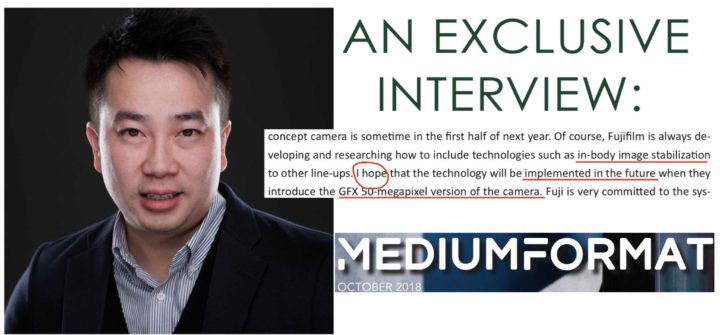Fujifilm X Camera Replacement Timeline from 2011 to 2018 and What This Could Mean for X-H2, X-T4, X-T30, X-Pro3, X-E4, X200

Fujifilm Timeline
Today I decided to take a look at the refresh rate of the top/mid range Fujifilm cameras and tried to make a guess (NOT A RUMOR) about when the Fujifilm X-H2, Fujifilm X-Pro3, Fujifilm X-E4, Fujifilm X-T4, Fujifilm X-T30 and Fujifilm X200 (or X100V) can be expected.
Overall we can see how the Fujifilm X-E and X-Pro line are gravitating towards a 4 years refresh time, whereas X-T and X100 line are close to a 2 years refresh time.
WARNING
- This is not based on rumors, and it’s not said that Fujifilm will always keep the same product refresh rate. Everything can change anytime.
- Don’t miss the upcoming rumors and join us on Facebook, RSS-feed, Instagram, Youtube and Twitter
NOT INCLUDED:
- All 2/3 sensor cameras are not included, since the won’t ever get any successor (not even 1 inch sensor cameras, no matter what old patents say)
- X70/XF10: XF10 is not the X70 successor. It’s unclear if there will be a Fujifilm X80 at some point
- X-A line has a high refresh rate, but the FR community is for the most part not interested in this camera line
- GFX 50S, GFX 100S, GFX 50R: According to our rumors, the GFX 100 comes 2 years and 3 months after the GFX 50S. It’s unclear if the Fuji GFX 50R will also get a 2 year refresh rate or a 4 year refresh rate like its rangefinder brothers the X-Pro and X-E
Our Owners Groups
- GFX User Group / X-H User Group / X-E User Group / X-T User Group / X-Pro User Group / X100 line Group
Our Facebook Pages










